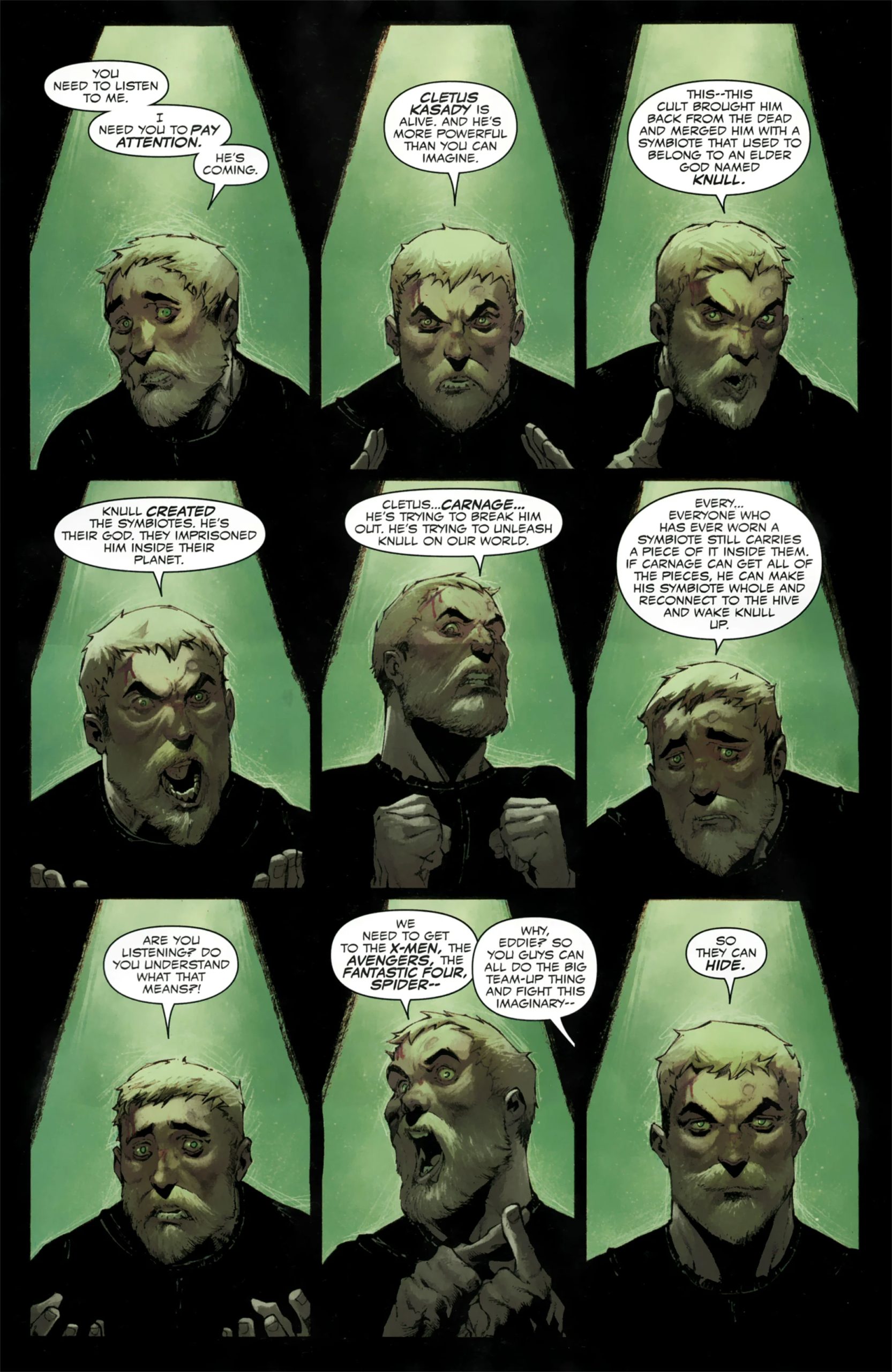
The most famous victim of the Caronades
An American lighter frigate like the Essex, much more numerous but far less on display than the great Constitution-class frigates. Period illustration. Author of the painting: Jean-Jerome Beaujan
Caronades, specific ship guns of the late XNUMXth century, short-barreled and short-range, but extremely light in relation to their caliber, played an important role in naval battles of that time and in the first half of the next century, although at the same time they greatly overestimated and attributed to them actions and not those categories of ships for which they were really very important. And their most famous victim was not a sailboat fired from caronades, but quite the contrary - one that had to yield to the enemy, because its artillery consisted of too many guns of this design.
Birth of the Essex frigate
American shipbuilding at the end of the XNUMXth century had many specific features. The navy suffered from a chronic lack of money caused, among other things, by a huge distaste for a strong central government, isolationist tendencies very much alive in society, and the belief that there was no need to create other combat units than those that protect. own shores (understood very primitively as prohibitive actions). There was also the realization that it would be impossible to match in numbers - within a reasonable time - the traditionally large European navies, such as the British, French, Spanish or even the Dutch. Some emerging threats, such as the actions of North African corsairs/pirates or Napoleon's light forces against American merchant shipping, were tried to be countered by building a small number of ships, very strong in their categories, so that they could not operate in large groups and conduct large-scale operations, even if winning duels . This is how the famous large frigates of the Constitution group were created.
They had their drawbacks and limitations, besides, at first they were not received with enthusiasm and understanding, so the Americans designed much more traditional units. One of them was the 32-gun frigate Essex. It was built during the Quasi-War with France with money from a public fund.
The design was by William Hackett and the builder was Enos Briggs of Salem, Massachusetts. After laying the keel on April 13, 1799, the unit was launched on September 30, tr. and completed on December 17, 1799. The pace of construction was remarkable, although in the age of wooden ships, when the building material had to be aged both before cutting out the elements and at the individual stages of assembly, this did not bode well for the longevity of the frigate. For those who are not even 10 thousand. for the people of Salem, the construction of such a large ship was a significant event. However, at the time of launching the Essex, armed with a main battery with 12-pounder guns, was not much different from other units in this category. Of the 61 French frigates in active service, 25 were of this class; out of 126 Britons, half as many. But the rest carried the heavier main artillery (consisting of 18- and 24-pounder guns). Within its class, the Essex was roughly standardized, although its performance cannot be accurately compared to that of similar French or British frigates due to the different measurement systems in place in each fleet.
Essex set sail at the end of December 1799, escorted by a convoy to the Dutch East Indies. She proved to be a vessel that can withstand severe weather conditions and is fast enough, with a large hold capacity, controllable, well kept in the wind, although with too much sway (longitudinal sway). However, as was to be expected from hasty construction, as early as 1807 large portions of its American white oak frames were found to be rotten and had to be replaced with new virgin oak pieces, just as the decks, beams and corbels had to be replaced. by 1809. During the repair, reinforced side plating strips were raised and the internal inclination of the sides was reduced.
The frigate was in combat service from December 22, 1799 to August 2, 1802, from May 1804 to July 28, 1806, and from February 1809 to March 1814. Hope or entry into the Pacific Ocean. Significant changes have taken place in its armament. First of all, in February 1809, 32-pound caronades appeared on the aft and bow decks, which increased the weight of a side salvo by almost two and a half times! The most important modification was the replacement in August 1811 of the 12-pounder main battery with 32-pounder caronades. True, thanks to this, the weight of the broadside increased by another 48%, but this also meant that it was equipped with artillery, in which, out of all 46 long cannons and caronades, only six could fire from a normal range.
Author of the picture: Jean-Jerome Boja